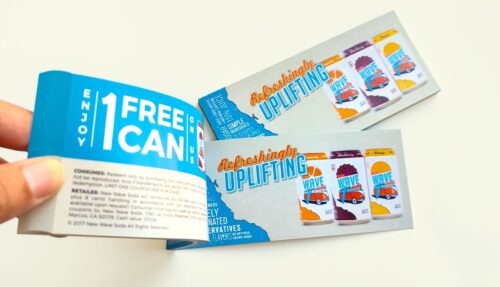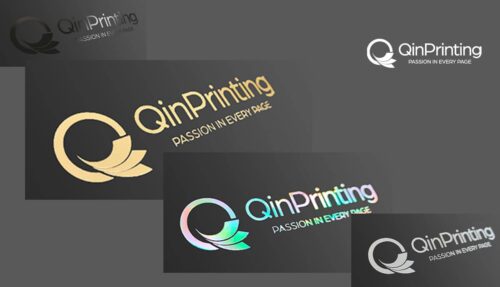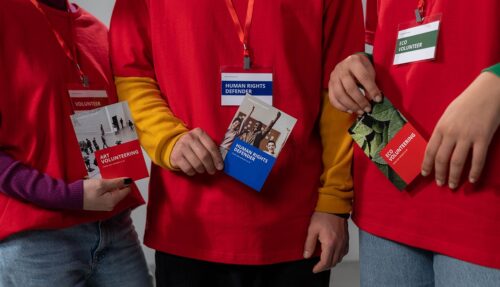How to design, write, and print effective information leaflets for medical practice and healthcare
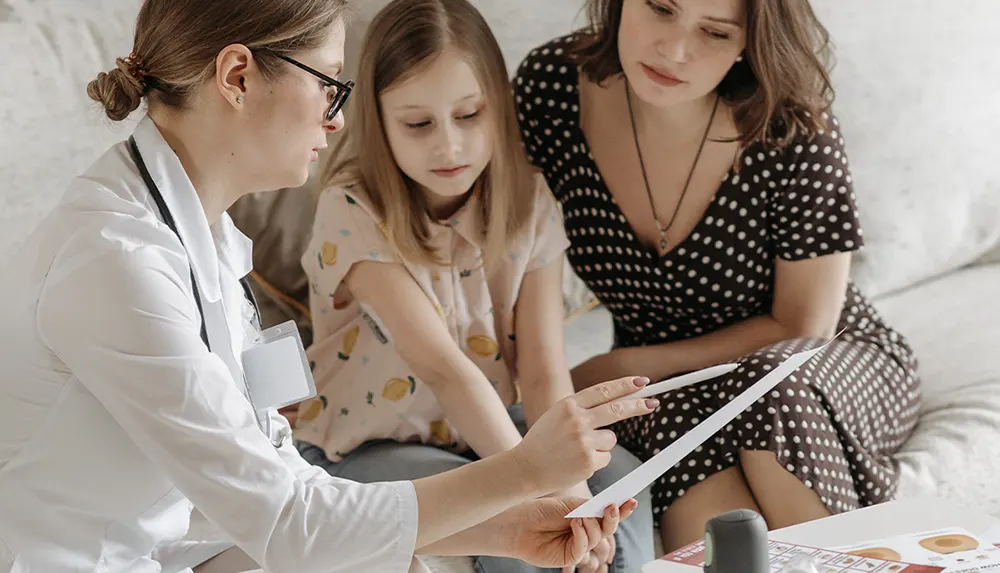
Photo by Pavel Danilyuk via Pexels.com
Imagine a simple, affordable tool that not only improves patient understanding, reduces anxiety, and boosts treatment adherence but also strengthens trust in your healthcare services. Patient information leaflets are more than just pieces of paper — they are powerful communication tools that empower patients, enhance care outcomes, and position your practice as professional, empathetic, and patient-focused.
Clear communication is the cornerstone of effective healthcare, yet medical jargon and complex instructions can often leave patients feeling overwhelmed or confused. Patient information leaflets bridge this gap, providing concise, easy-to-understand guidance that empowers individuals to take control of their health. From improving treatment adherence to reducing misunderstandings, these indispensable tools improve the patient experience while lightening the load on healthcare providers.
What are patient information leaflets?
Information leaflets for patients are printed single pages or fold-out documents, often illustrated, which health practitioners use to help patients understand their illness, treatment options, medication, prognosis, rights and responsibilities, and any other pertinent information.
Patient information leaflets — sometimes abbreviated to PILs — can take several forms and are used in diverse contexts. For example, they may be inserted into medicine packaging to explain how to take the medicine and give information about potential side-effects. They may be given to patients after diagnosis to describe the available treatments and the pros and cons of each option. A patient information leaflet could also be left in waiting rooms and foyers to communicate general health and lifestyle advice.
So, informative leaflets are often used in healthcare:
- to explain medicines and how to take them
- to describe and explain a medical condition
- to inform and communicate health facts
- to promote healthy lifestyles and behavior
- to explain steps to take if you are concerned about your health
What are the benefits of patient information leaflets?
Several studies have shown that giving patients clear, easy-to-understand information helps with compliance and consent, gives patients a sense of control and responsibility in their healthcare, reduces anxiety and even pain, and helps make sure that they use medicines safely. Having printed information as a visual support during a verbal explanation — and as a backup to take away and refer to later — increases patient understanding, aids recall, and builds trust.
But it’s important to communicate the information in a simple, clear, easy-to-understand way. Using plain language, colorful diagrams, cartoons, illustrations, and flowcharts are all good methods to help create a patient information leaflet that works.
A good information leaflet supports patients in taking part in the decisions made about their healthcare. Printed materials can be carried easily and referred to when needed. They encourage an active role on the part of the patient and help them carry out any self-directed aftercare in a safe and effective way.
Recent studies have shown that while primary care consultations in the UK and the USA can last up to 20 minutes, they are often much shorter, as little as five minutes. It’s often hard for a health practitioner to communicate all the information that a patient needs — and in enough detail — with such a limited time slot. Patient information leaflets allow doctors, nurses, therapists, and consultants to arm patients with more information to consolidate, explain, and expand on what they’ve been told face-to-face. This can be most helpful if the patient has been given unpleasant news about their health status and may have found it difficult to absorb the facts because of their emotional condition at the time.
Educating patients about both their illness and their treatment has also been shown to enhance patient satisfaction with their care, as well as positive behavioral outcomes. Giving well-designed and well-written printed patient information leaflets helps with these very important goals. Health practitioners can also use leaflets to promote healthy lifestyles and behavior as a proactive intervention to reduce the incidence of illness and injury and avoid the need for remedial measures.
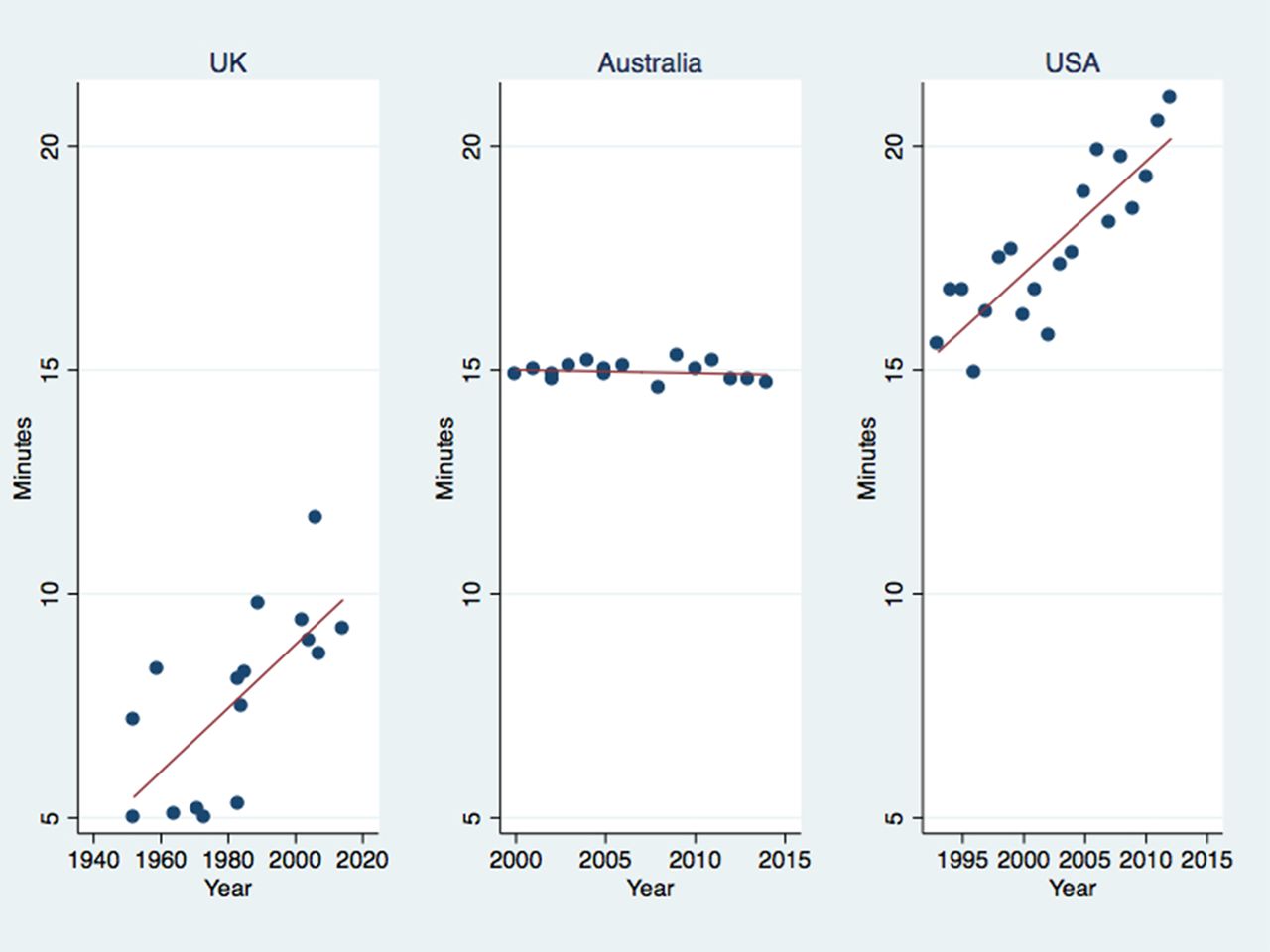
Consultation length over time in Australia, the USA and the UK.
Data from BMJ Publishing
Are leaflets effective in health promotion?
Leaflets — and posters — are effective health promotion tools when they are well-designed and written and displayed or distributed correctly. They can convey important information quickly and clearly and give relevant contact details for more information from support, advice, and therapeutic services. Patient information leaflets are especially useful for communicating general health messages about, for example:
- dieting and nutrition
- pregnancy, childbirth, and breastfeeding
- anxiety and depression management
- sports and training activities
- what to do in emergency situations
- stopping smoking or drinking alcohol
- age-related conditions and safeguards
- screening and testing
Leaflets of this kind can be left for discovery in waiting areas, delivered by direct mail to relevant individuals — perhaps when they reach a certain age, for example, or to follow up with aftercare advice — or included in welcome packages for clients new to a private practice.
What should be included in a patient information leaflet?
Any high-quality patient leaflet should include all the information that a patient needs and no more. It’s important not to overwhelm people with unnecessary, complicated, technical, or scientific information, which makes it harder rather than easier to understand. Avoid medical and technical jargon whenever possible. If a specific term must be used, always explain it in simpler terms, too.
Keep the leaflet focused on a single purpose. For example, your printed information leaflet may be about:
- a diagnosis
- a treatment option
- a self-care regime
- a description of a surgical intervention
But it may be better to use more than one leaflet rather than cram all that information into a single document.
The language you use should be age-appropriate. So, a single sheet leaflet for children might use fewer words and simpler vocabulary illustrated with relatable cartoon characters. Whereas a fold-out leaflet for adults might go into more detail and include information summary boxes, charts, and an explanation of certain medical terms.
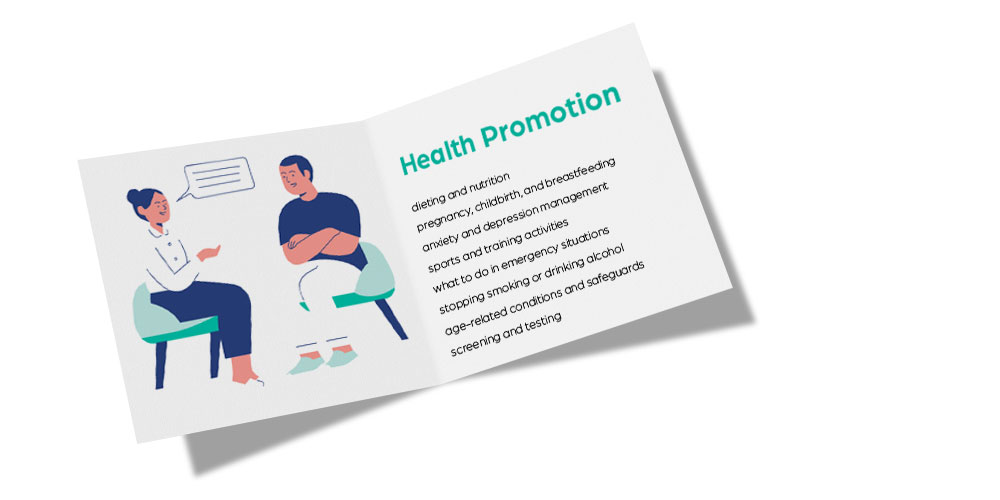
How do you make a patient information leaflet?
Studies have shown that leaflets written poorly, printed on an office computer printer, and cheaply photocopied, can do more harm than good. Care and attention must be given to content, wording, plain language use, layout, visual elements, colors, and more. Patient information leaflets, to be as attractive and as effective as possible, should be written by an experienced professional copywriter and designed by a graphic designer. The files should then be printed by a custom printing service.
Guidelines for making patient information leaflets
When preparing your leaflets, it may be useful to consider the following ideas and share them with your writer and leaflet designer to make sure that the result is on message for the target readership, factually accurate, and effective as a healthcare communication tool:
- Remember that the leaflet needs to speak clearly to someone with no medical background or knowledge. So, don’t assume any prior experience. Explain everything clearly.
- There’s no need to be formal when giving information to patients. It’s much better to use personal, direct language. Address the reader as “you” or even use the inclusive “we” when appropriate.
- Keep sentences short. Choose simple, common words to express what needs to be said. So, for example, write, “Ask someone to go with you” rather than, “Find a companion to accompany you.” Instead of “Request analgesics if you experience excessive physical discomfort”, write, “Ask for painkillers if it hurts.”
- Use numbered lists and bullet points to make important information stand out and easier to read at a glance. Break the text into short paragraphs rather than blocks of writing.
- The old saying that “a picture speaks a thousand words” is true when it comes to patient information leaflets. Use illustrations, cartoons, graphics, and images to convey meaning wherever possible.
- Fact check all the information you give and make sure it isn’t contradicted by information received through other channels. The information must be consistent or it will cause confusion and doubt.
- Make sure all instructions are clear and unambiguous. When asking a patient to do something — like take medication or do exercises — or to refrain from doing something, like eating certain foods or drinking alcohol, always give the reasons why.
- Be respectful of patient rights. Make clear not only the benefits of a medical intervention but be honest about the possible side effects and alternative courses of action, too.
- Don’t try to put too much information into one leaflet. A good patient information leaflet will focus on only one topic or message. If needed, you can provide a patient with more than one leaflet so that they can consume the information in their own time.
- Avoid jargon, abbreviations, and acronyms. If you must use them, explain them.
How to use patient information leaflets
In general, information leaflets shouldn’t just be handed to patients without any support or explanation. They work best as part of a broader practice of consultation, information sharing, and education. Wherever possible, go through the leaflet with the patient to make sure they have understood the content. You can ask the patient to explain to you what they’ve understood using their own natural vocabulary and correct any misunderstandings or repeat important facts they may not have picked up at the first reading.
Then, give the patient a copy of the leaflet to take away and ask them to read it again once they get home. You might give them more than one copy, too, so that they can share them with their friends, family, and other carers.
You may want to produce large print, audio, and braille versions of the patient information leaflet to support those with special needs.
Designing and printing patient information leaflets
If you choose to print with us, your named expert consultant will advise you about the materials you need — such as high-resolution images and artwork — and support you in choosing the best leaflet layout and design options for your purposes. We can provide design templates to give to your designer or to use yourself with suitable design software. Once the design is finalized, you can send the files to us for checking, and we will let you have a sample of what the finished leaflets will look like. Once you’re happy, you can order a print run and the leaflets will be delivered to you carefully packaged to protect them in transit.
Talk to us. We're here to help!
At QinPrinting, we understand that effective communication is essential in healthcare, and professionally designed patient information leaflets can make all the difference. With our expertise in high-quality printing and custom design options, we’ll help you create leaflets that educate, inform, and leave a lasting impression. Contact us today to learn more, ask questions, or request a no-obligation quote — our team is ready to partner with you in making sure your patients get the best care and information possible.








